Test and Integrate: A Framework for Packaging AI Products
Plus: The 2025 Q3 Pricing Trends Report.
Every week, we provide research and resources to help SaaS leaders make smarter pricing and packaging decisions. Get our latest research to stay ahead of the curve.
🔌 Good Better Best is powered by Chargebee
Innovation isn’t enough anymore. The companies pulling ahead have cracked the code on pairing breakthrough products with breakthrough pricing strategies. Chargebee’s latest research exposes how winning SaaS companies are doing it, with powerful findings such as:
96% expect revenue growth this year, with the majority expecting 20% or more
80% of companies adding AI updated pricing, while 83% of non-AI firms made no pricing changes
77% cite AI as their #1 tech investment, more than double the next category
Over the past two years, a pattern has emerged as SaaS companies launch and evolve AI products. It goes like this:
Launch an AI product as an add-on
Gauge adoption and pressure-test use cases
Integrate it into the core product
Loom, Notion, Slack, and Airtable all followed this playbook. More will follow. In this post, I’ll break down why this approach to rolling out AI products makes sense, how to time integration, and how it looks in practice.
Note: We originally identified this trend while researching our 2025 Pricing Trends Report. Grab it here.
Why start with an add-on?
There are many reasons. Here are a few of the big ones:
1. Monetization + Margin Protection
Add-Ons allow you to charge a premium (Notion and Slack charged roughly the same as the per-seat price for some plans), and monetize the test phase while protecting margins.
2. Actual Usage > Market Research
Generative AI capabilities are evolving before the market can catch up, creating regular opportunities for use case discovery. Add-ons allow you to learn from how early adopters actually use the product rather than guessing through surveys.
3. Flexibility
Add-Ons allow you to gauge demand and willingness to pay from early adopters without disrupting your core model. When a use case is established and you’ve seen adoption firsthand, you can use those insights to bundle it into core plans. If the use case never reaches scale, you can keep it as an add-on or scrap it.
How the value matrix helps explain this
The value matrix is a simple 2x2 framework that helps inform packaging decisions. It plots relative preference (x-axis) against willingness to pay (y-axis):
Here’s how to think about the four quadrants:
Bottom left: Forgettable features (low preference, low willingness to pay)
Bottom right: Core features (high preference, low willingness to pay)
Top right: Value drivers (high preference, high willingness to pay)
Top left: Add-ons (low preference, high willingness to pay)
The key insight in this case is that the only difference between an add-on and a value driver is relative preference. Both garner a premium, but value drivers are features the majority of your customers want, while add-ons appeal to a small subset.
Importantly, the value matrix is dynamic, and as consumer preferences, economics, and competitive forces change, a feature may move throughout the grid.
When to integrate
Novel technology may be a perfect fit for an add-on when early adopters are the only ones who care, but when the early majority joins the party (aka crossing the chasm), it’s time to integrate into the core product. This is exactly what’s happening with AI.
Generative AI powers a wide range of use cases, so some have shifted over to the value driver quadrant, while others are still more of a niche use case.
For instance, use cases like AI content generation, meeting notes, and enterprise search and retrieval have been widely adopted, while some agentic architectures have yet to hit critical mass. The LLMs drive a lot of consumer expectation around these features themselves. As use cases become more popular in ChatGPT and Claude, that helps determine what customers expect from other SaaS products.
🚨 Next Thursday, Ulrik is hosting part 6 of his 6-part webinar series on Agentic AI Pricing, breaking down 3 AI pricing case studies. Register here →
How to integrate AI in practice
The companies below each followed the test and integrate pattern, but chose different approaches to integration.
Loom bundled AI with their Business plan, creating a new tier between Business and Enterprise. This gives them a way to drive more revenue from business users who have little chance of upgrading to Enterprise.
Notion offers trials of Notion AI in Free and Plus plans, then uses it to differentiate Business and Enterprise plans. They also introduced custom agents, which seem to have a nascent monetization model, but are driving $2-$5 per user (per Vendr).
Slack broke down its AI add-on into distinct features, creating a value ladder across tiers, with Business+ getting the heaviest differentiation.
Airtable introduced a credit model with escalating limits for each tier.
Looking ahead
These examples show there’s no single right approach. The best integration strategy depends on your product, pricing model, and customer usage patterns.
It’s easy to envision SaaS companies that currently offer an AI add-on moving in this direction, and fun to think about how they might integrate it.
For example, Ahrefs currently has an add-on called Brand Radar AI that helps with GEO (Generative Engine Optimization). I’d expect them to eventually integrate this functionality into their core product as GEO becomes table-stakes for search optimization. I could see them using a credit model or using feature differentiation (e.g., custom prompts only availabile in Advanced and Enterprise tiers). .
If you have used the test and integrate approach, or seen another company do it well, we’d love to hear from you.
Thanks for reading! When you’re ready, here’s how we can help:
PricingSaaS Community: Join the free PricingSaaS Community to get quick answers from experts, real-time pricing data, and access to exclusive events.
PricingSaaS Index: Check out the PricingSaaS Index to track competitors, scroll pricing histories, and create a swipe file of pricing pages for inspiration.
Free Advisory Session: Need a sounding board? Book a 30-minute session. No sales pitch. We’ll provide honest feedback and steer you in the right direction.



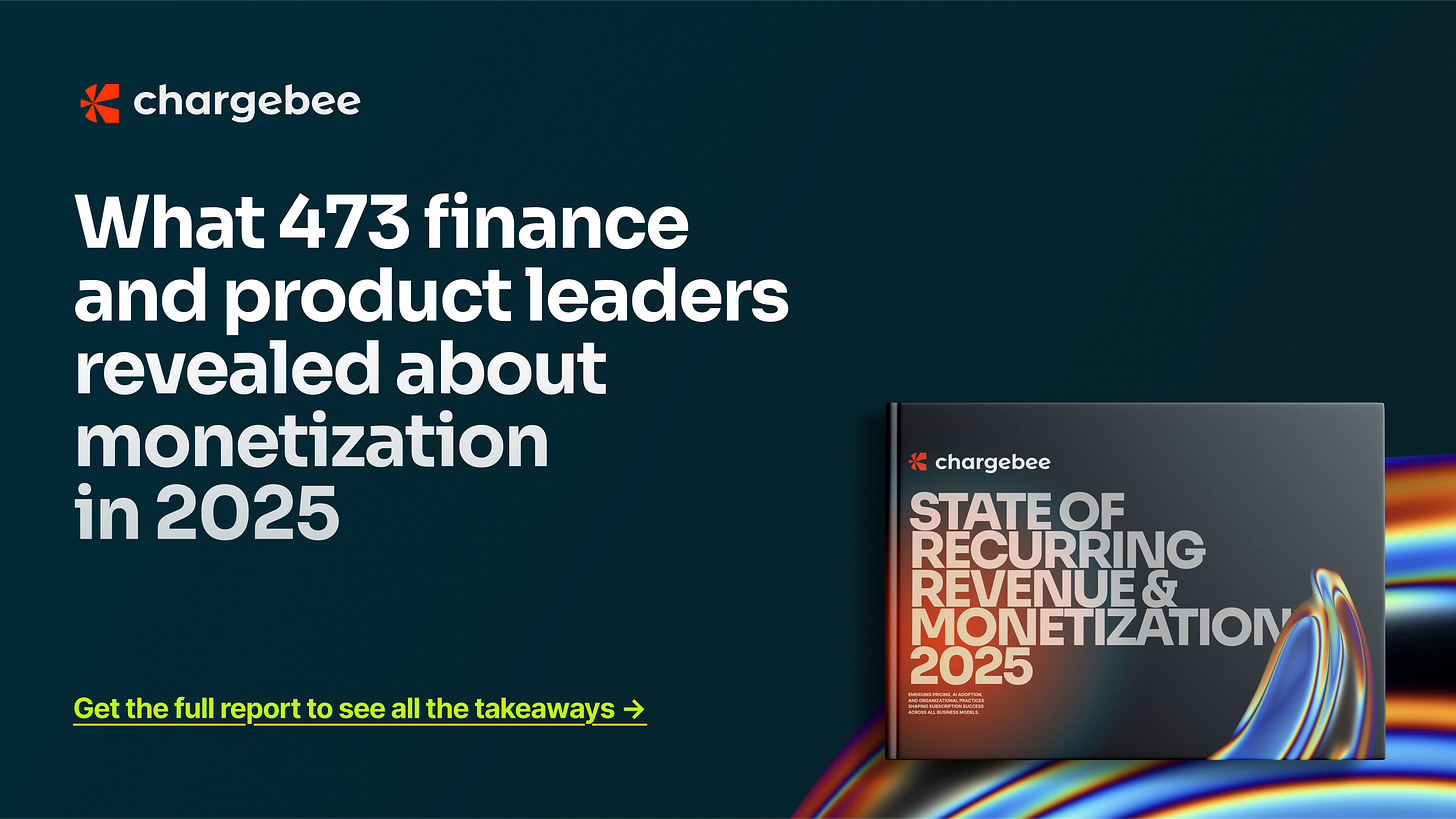
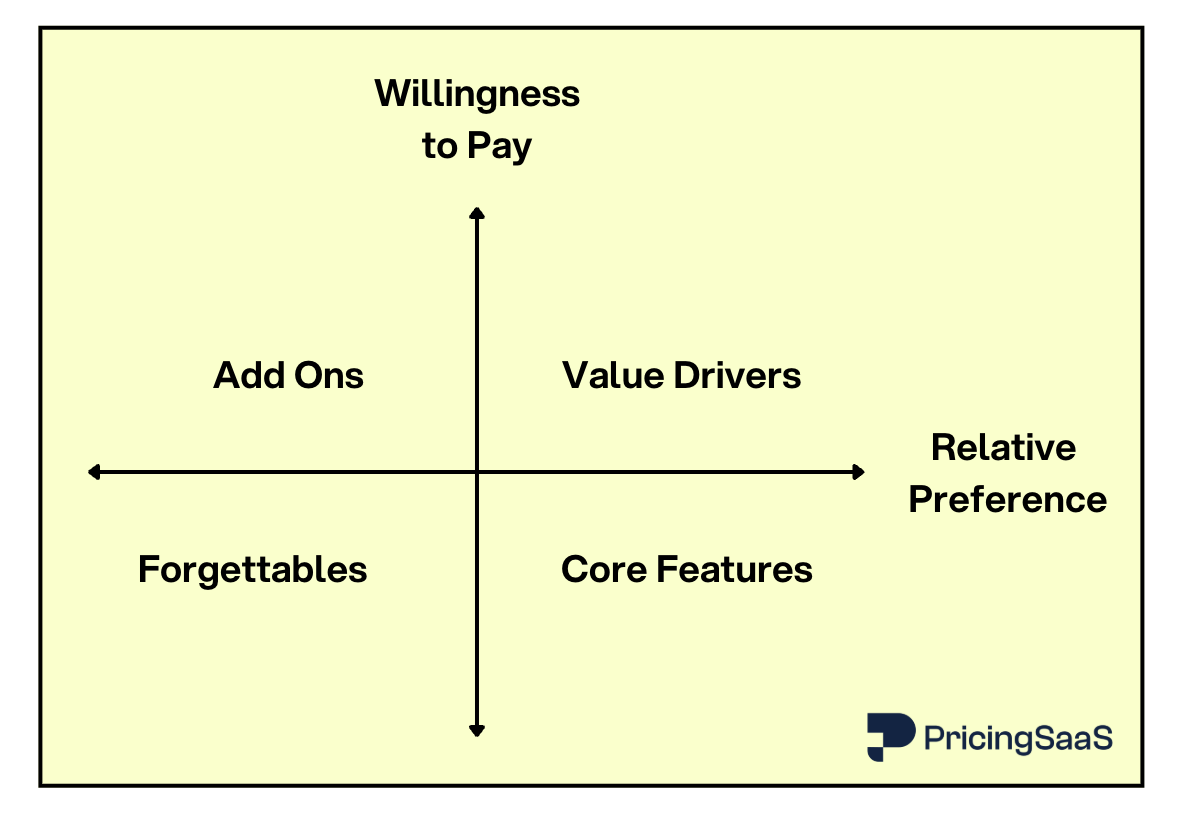
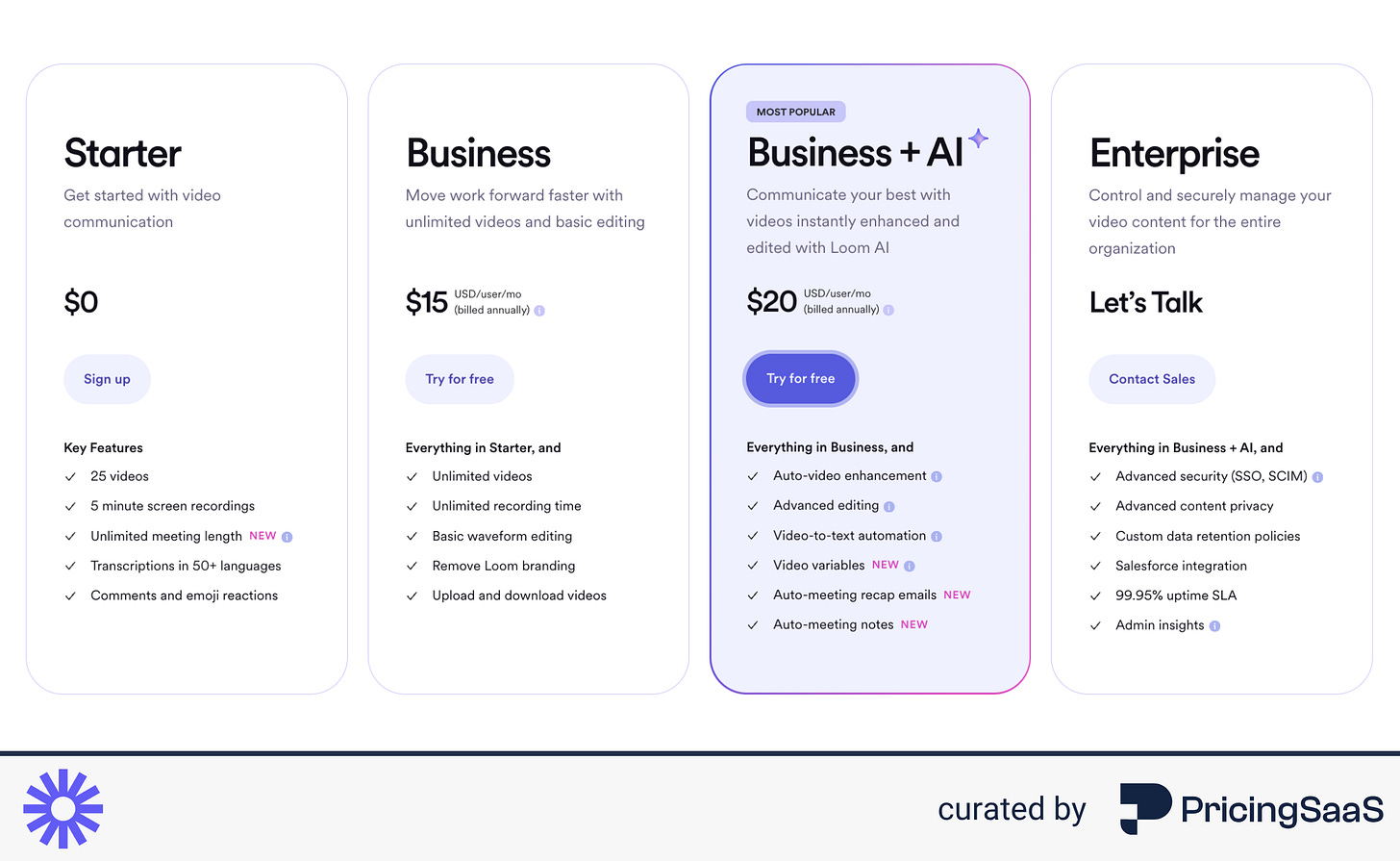
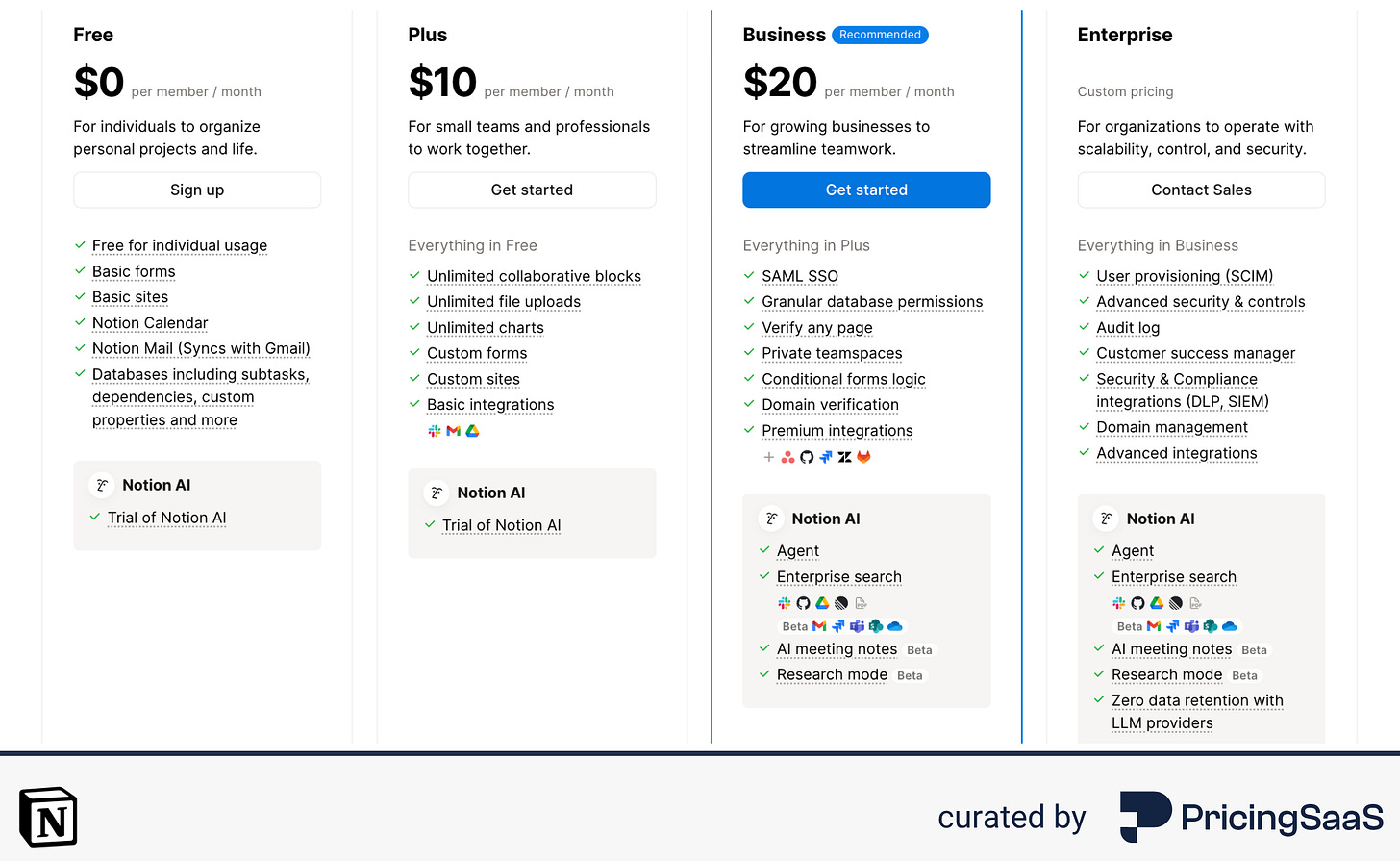
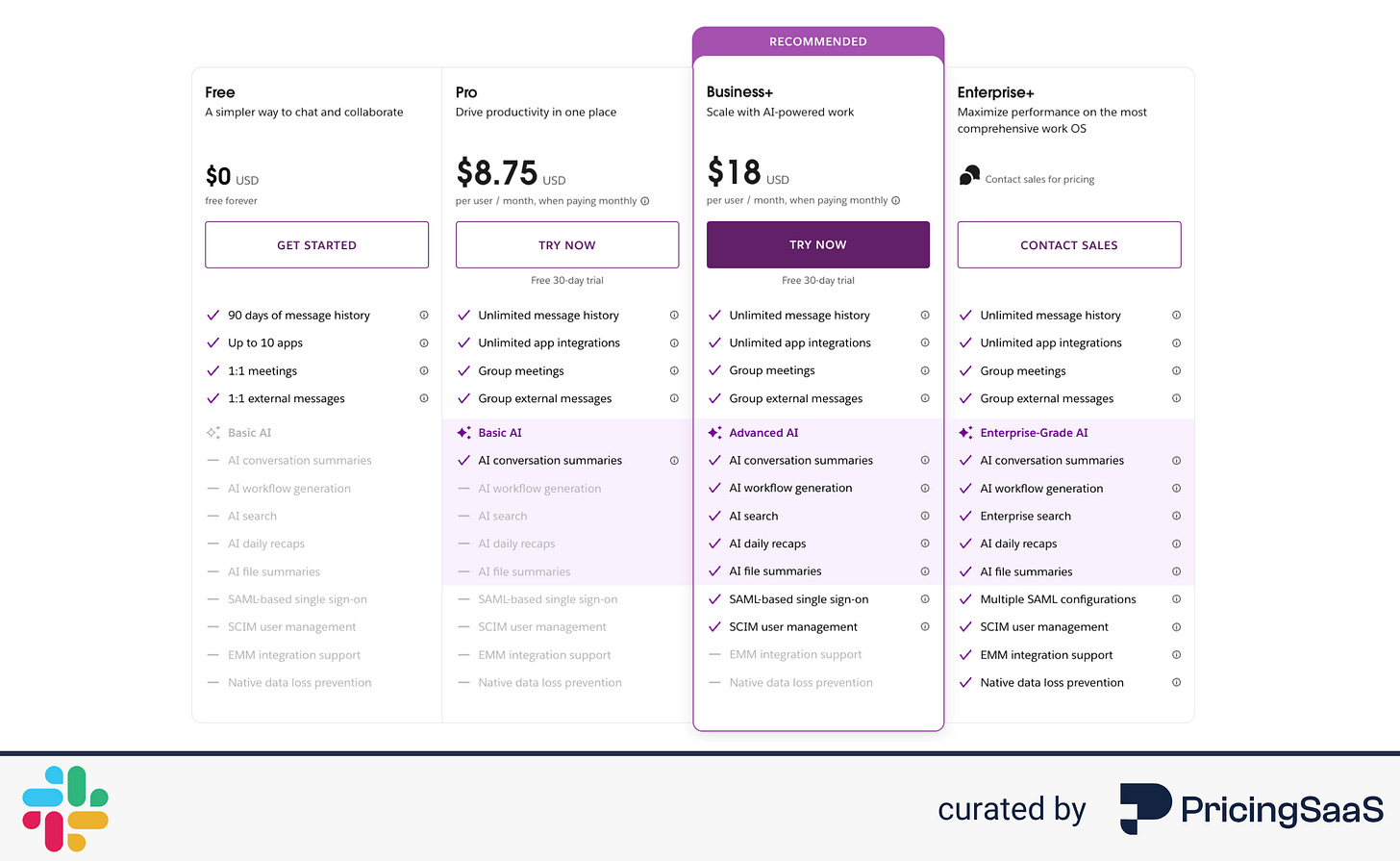
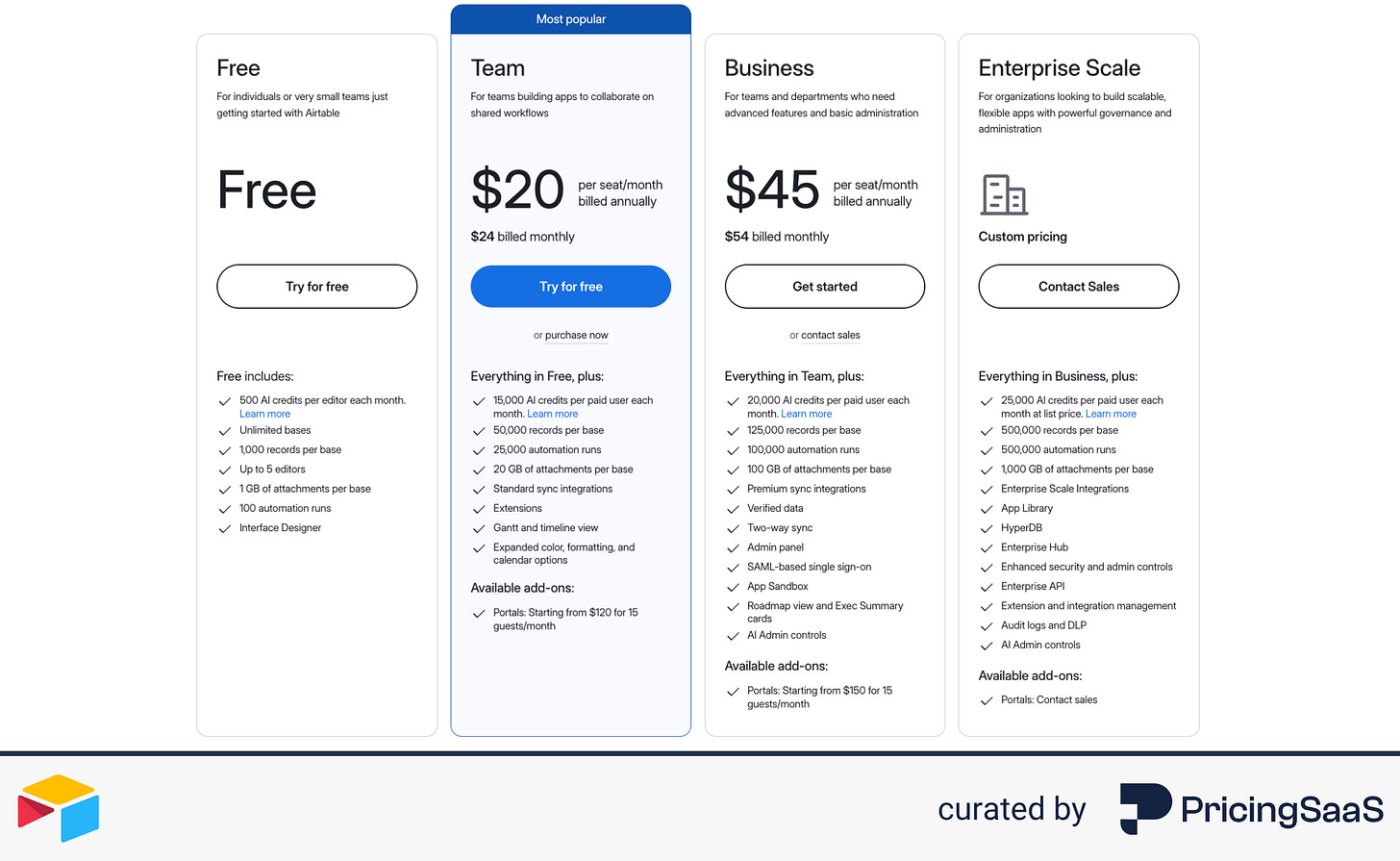
Nice article. Exact approach we’ve taken. Sometimes it’s not about recreating the wheel but taking a look around to see what the best in the world are doing.